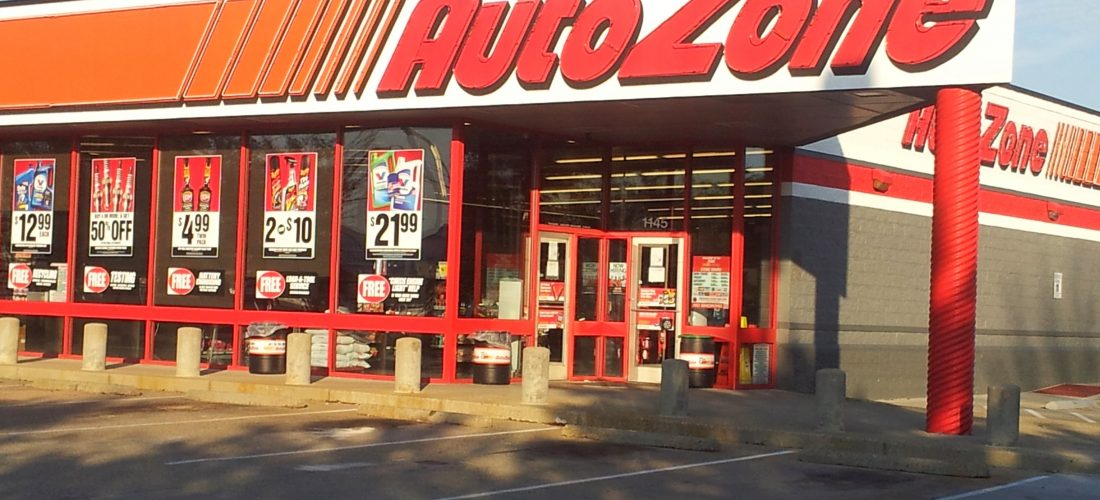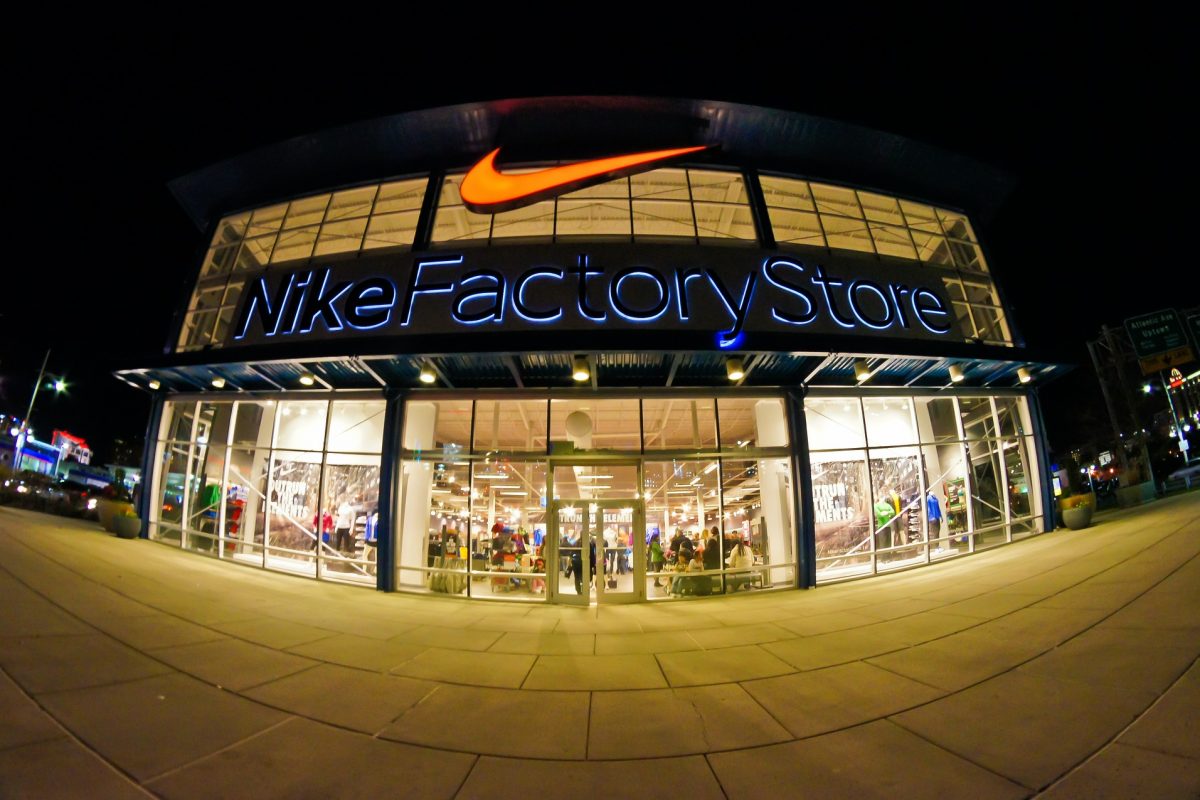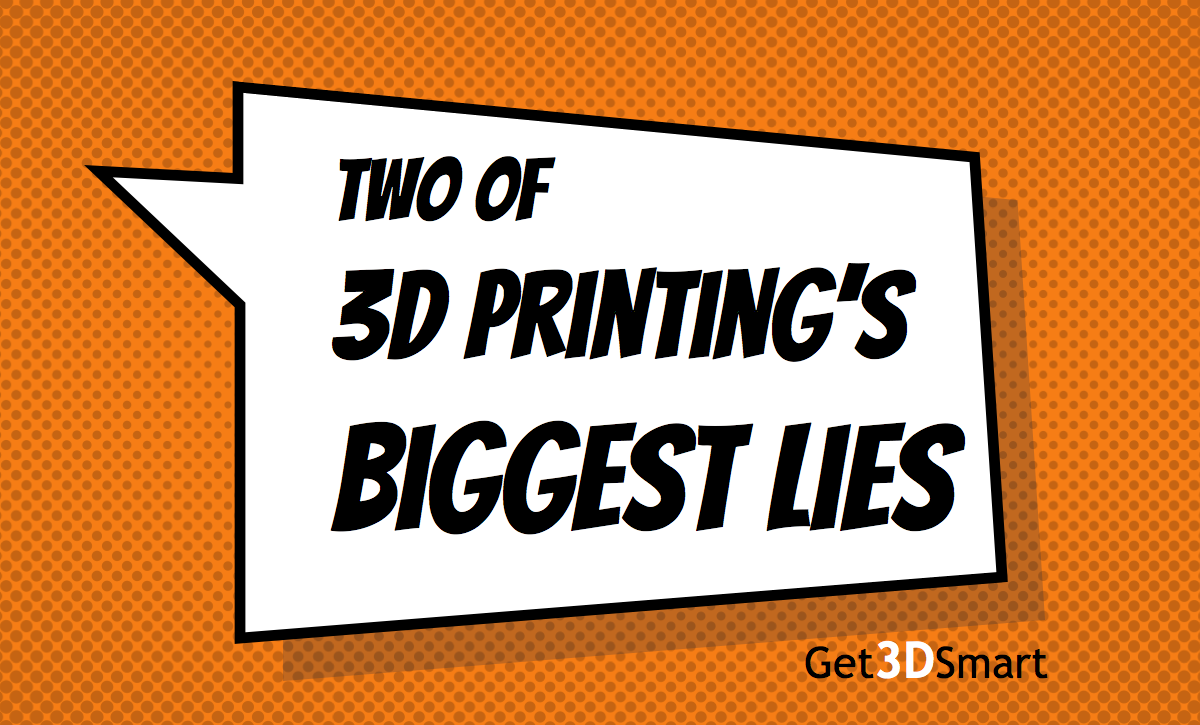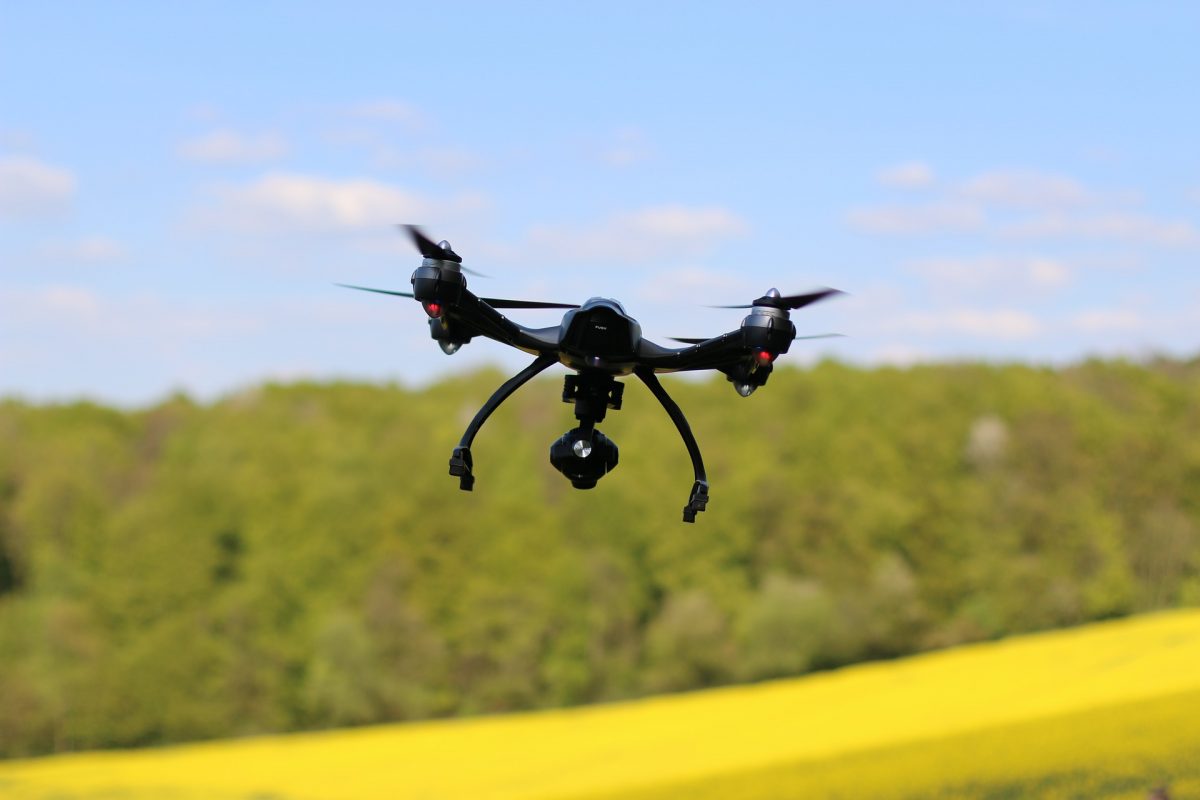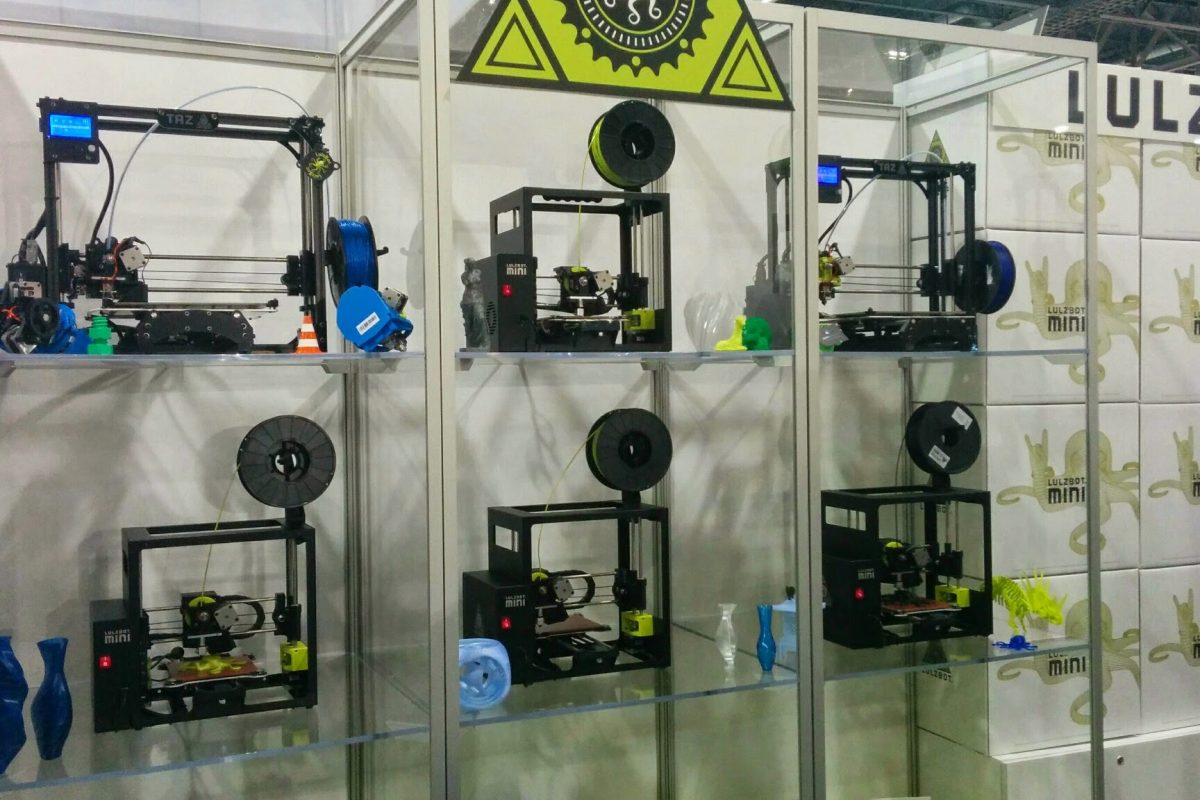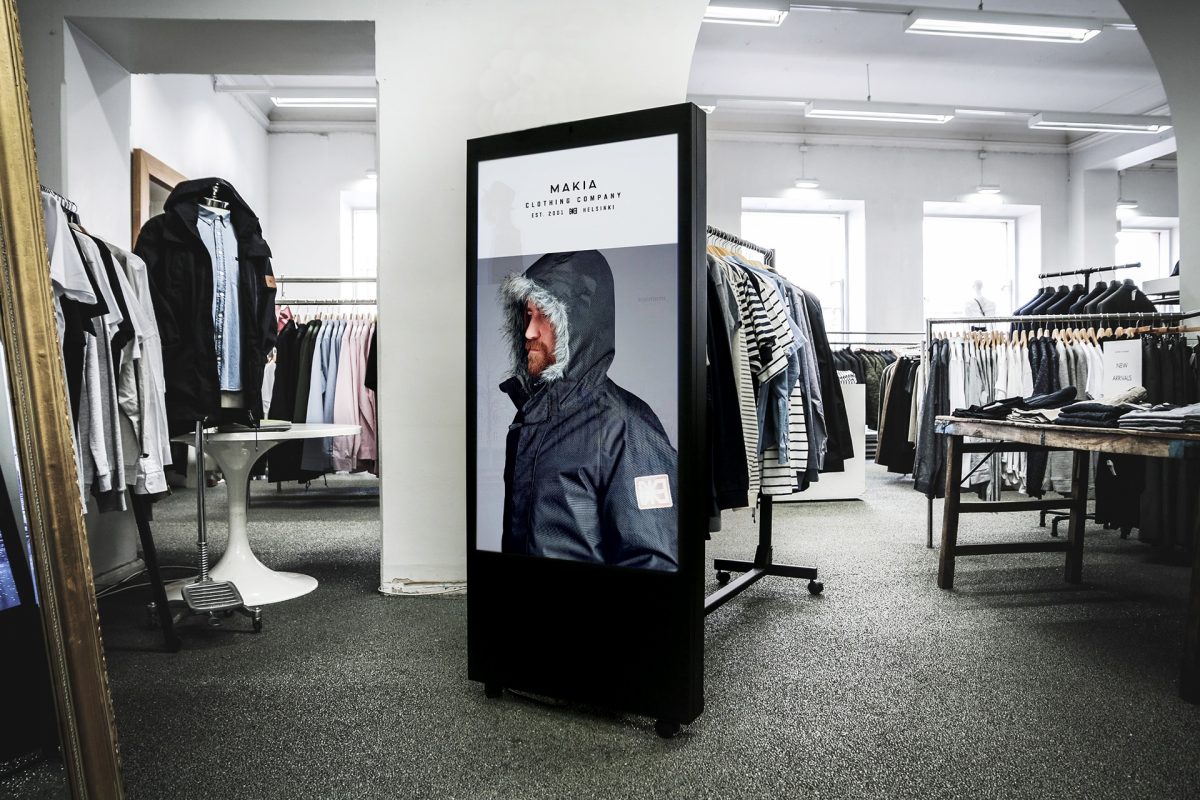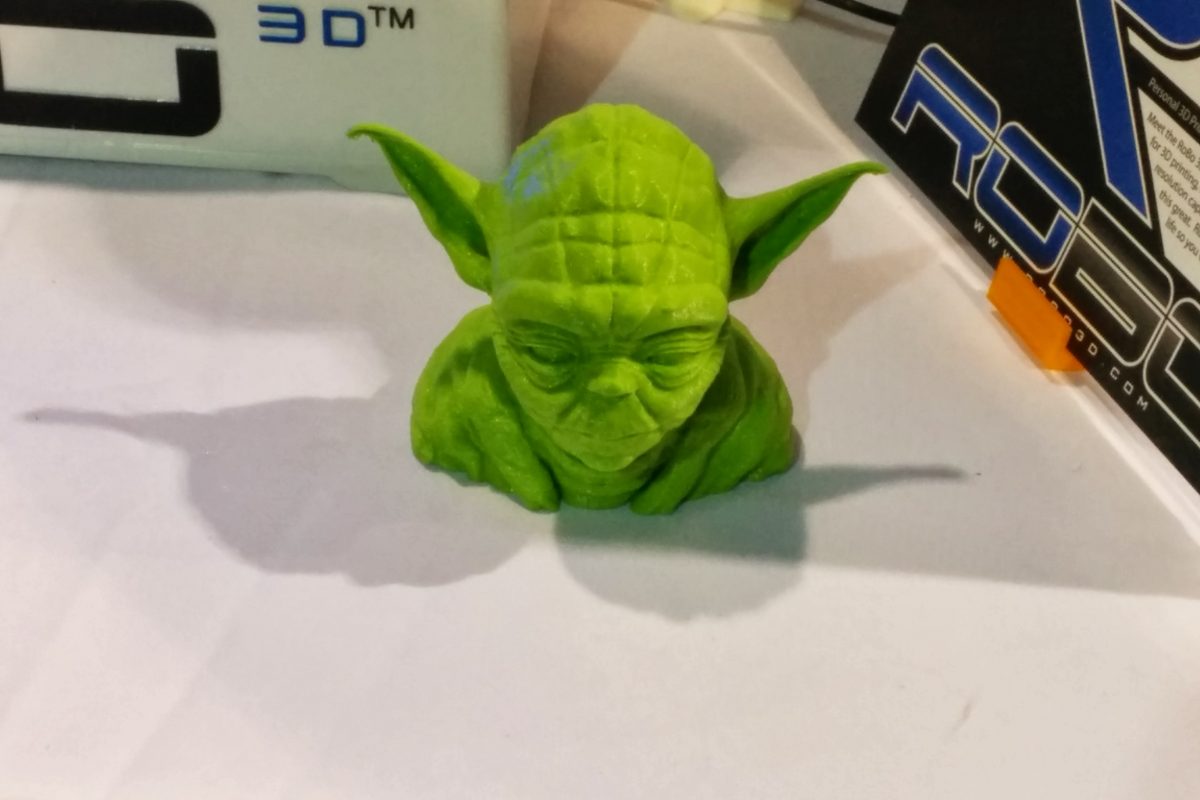The average car in the United States has been on the road for 11.4 years. Its a record, made possible by the fact that cars today are better engineered, allowing them to last longer. But its also an indicator of the nation’s recent economic health. With the average retail price of a new car at over $30,000, people are waiting longer to upgrade their vehicles, and this trend means big opportunity for automotive aftermarket retailers and the eCommerce upstarts that are challenging brick-and-mortar’s superiority in the space.
Could 3D printing help automotive aftermarket retailers fend off competition from new online competitors? Could it help them simplify management of their supply chain? Could 3D printing allow them to offer a slew of new products and could it help auto parts retailers gain access to new markets? We think so and in this article we address why.
Market Size and Share
The aftermarket industry is made up of automotive products and services including: replacement parts, accessories, lubricants, appearance products, tires, collision repair, and tools & equipment. The industry employs 4.1 million people and generated $307.7 Billion in 2012. The industry is growing at 3.5%.
Though eCommerce makes up a comparatively small portion of total sales ($4.4 Billion) its growing at a much faster clip than brick and mortar (approximately 15.5% versus 2% respectively). Non-traditional sellers are leading the pack in online sales. Amazon, for instance, sells more auto parts and accessories than any other online retailer and eBay Motors alone sells over 500,000 car and truck parts and accessories each week.
 This is creating some challenges for some of the traditional namesakes in automotive aftermarket retailing. PEP Boys, with over 700 locations reported a decline in same store sales of 2.6% last quarter. Advance Auto Parts, with approximately 3,900 locations reported a same store decline of .3%. Autozone, with over 5,000 locations saw a measly same store increase of .2%. Some did buck the trend, including O’Reilly Auto Parts which has approximately 4,000 stores, reported a same store sales increase of 6.5% and Genuine Parts Company, the owner of the 6,100 NAPA stores reported a 6% sales increase in it’s Automotive Group’s North American division. That’s an overall increase, including sales from stores and its website, which likely accounted for a significant portion of the growth.
This is creating some challenges for some of the traditional namesakes in automotive aftermarket retailing. PEP Boys, with over 700 locations reported a decline in same store sales of 2.6% last quarter. Advance Auto Parts, with approximately 3,900 locations reported a same store decline of .3%. Autozone, with over 5,000 locations saw a measly same store increase of .2%. Some did buck the trend, including O’Reilly Auto Parts which has approximately 4,000 stores, reported a same store sales increase of 6.5% and Genuine Parts Company, the owner of the 6,100 NAPA stores reported a 6% sales increase in it’s Automotive Group’s North American division. That’s an overall increase, including sales from stores and its website, which likely accounted for a significant portion of the growth.
Supply Chain
The aftermarket auto parts industry presents one of the most difficult and complex supply chains to manage. An individual store might carry as many as 20,000 products, but system-wide, across the organization (including satellite stores, hub stores, and distribution centers) an automotive parts supplier might offer as many as 500,000 products. It takes considerable effort and technology to coordinate the collection of parts from their points of origin and provide consolidation services to facilitate the receiving, sorting, repackaging and delivery of items to each retail location. There are also issues around inventory management and retailers are constantly challenged to effectively manage the balance between over-ordering and warehousing unsold stock, and delayed fulfillment due to under-stocked items.
Small improvements in the supply chain process can yield big dividends. At Advance Auto Parts, a recent improvement allowed the company to increase the volume of inventory it handled, which helped offset the opening of a new distribution center and new store locations. One look at the video below provides an indication of how complex it all can be:
3D printing squashes the supply chain. How? 3D printable files can be stored in an online database. 3D designs can be retrieved, manufactured and packaged, when and where they’re needed, on demand. The effort, technology, and costs associated with mass manufacturing whither away. There’s no consolidation, shipping, receiving, sorting, repacking, warehousing or delivery of finished goods. There’s also less redundancy at thousands of retail locations. At Advance Auto Parts for instance, the average store does about $1.7 million in sales. It also carries about $600,000 in inventory. Assume 70% is redundant, multiply it across 4,000 stores, and it equates to $1.7 billion worth of inefficiency.
If 3D printing could eliminate even one percent (pardon the cliche,) it could save the company $17 million per year – roughly the sales volume of 10 stores and at an operating margin of 10%, the gross profit of 100 stores.
Wait a minute, though. one percent is still a lot, right? If the average store carries 20,000 products, 70% are redundant, and 3D printing replaces one percent of those…that’s 140 products. It certainly seems possible that 3D printing could produce 140 of the products currently sitting in an auto parts store doesn’t it? While there’s an argument to be made for the value of those products, versus more costly merchandise, supply chain costs still exist whether you’re moving mufflers or tire valve caps. There would also be costs in 3D printing equipment, raw materials, and labor, but even with those accounted for (and in the case of equipment, amortized over multiple years) it seems possible that 3D printing could offer real savings to auto parts retailers right now.
3D Printable Products
3D printing also drastically changes the concept of inventory management. Instead of trendspotting fewer products for bulk purchase and forecasting in an attempt to strike the balance between over and under-ordering, retailers can focus on curating content. Even in a relatively trend-averse industry like the automotive aftermarket, it can be tough to find the latest novelty products and get them to the shelf quickly, before the trend passes. Remember the TruckNutz phenomenon? Just a few years ago you’d see them swinging from the bumpers of pickup trucks everywhere. Today, there’s an auto parts retailer somewhere with a warehouse full of them. Aside from novelty products, the best merchandisers, armed with mountains of data, still forecast at what, 90% accuracy? If so then a percentage of their products will eventually be out-of-stock when there’s still demand, and ten percent or more of others will be sitting on a shelf, collecting dust and wasting space.
3D printing offers a virtually unlimited supply of products that can all be curated at relatively low cost. First, many original equipment manufacturers (OEM) parts and accessories already exist in digital format. They were designed in the same computer aided design (CAD) programs that feed 3D printers. Licensing that content would create a new revenue stream for both the OEM and auto parts retailer. 3D printing these parts could also provide considerable savings for consumers. For example, I drive a Toyota 4Runner and am missing the little plastic cap that covers the shift lock button on my gear shifter. With a quick web search, I found the part available online for $2.11, but once I hit checkout found that it would cost an additional $12.95 to ship.
The same part could be 3D printed and sold profitably for less and theoretically I could have it produced while I wait (and shopped the store for other items.)
Also, there are designers and engineers who develop their own aftermarket parts and and accessories. One of 3DLT’s designers, Ray Pierson, is a great example. He works as an engineer in the defense industry by day, but creates 3D printable car parts in his spare time. It started when Ray identified an opportunity with his own car. He drives a Volkswagen Toureg and didn’t like the way the cupholders held his drinks. So, he designed a plastic tray to fit over the opening. He bought his own 3D printer and used it to print the tray. Others saw it and liked the way it worked. He started getting orders from other VW owners. Soon people with other makes of cars saw Ray’s tray and asked if he could design one for their model. He got to the point where he couldn’t keep up with production and joined 3DLT so he could focus on designing great products. Crowdsourced designs like these could be a profitable source of content for an auto parts supplier with 3D printing capabilities.
Consider the opportunities in aftermarket tuning and customization. From domestic Mustangs and Camaros, to imports including Civics, Scions, and Nissan Z cars, there is a huge audience for unique items that enhance the look of a vehicle. Also think about the opportunities in car audio and entertainment. Over the past decade, more manufacturers have integrated audio into the dash. While that might create a cleaner factory look, it makes upgrading and customizing more difficult, requiring custom plastic harnesses and trim pieces that are unique to each model. Even beyond style and entertainment, people also customize for comfort, special needs, work, safety, and efficiency. All are opportunities for 3D printing because items can be efficiently manufactured in single quantity, on demand.
Finally, 3D scanning continues to evolve and has been used very effectively to create replacement parts for classic cars. Need an example? Check out this video from Jay Leno’s garage:
Scanners like those featured in the video used to sell for $20,000 or more, making it more difficult to achieve return on investment. Recently MakerBot, a manufacturer of desktop 3D printers announced its Digitizer 3D scanner. It retails for approximately $1,500 and scans items up to roughly 8 inches cubed. Other 3D scanning options, including one using a Kinect camera and a web browser have been bantered about. Most recently all-in-one devices that include scanning, printing, and faxing of 3D printable files have been announced and are gearing up for production at prices starting under $2,000.
There would certainly be challenges, including quality, usability, and intellectual property concerns, among others, so business rules would need to be created around what could be scanned. But by offering 3D scanning in-store, an auto parts retailer could offer the same kind of service Jay Leno enjoys in his multi-million dollar garage. It would allow collectors to recreate all kinds of classic parts, and if those scans were archived, quickly allow the retailer to create a very large database of 3D printable files, subsidized by the original requester of the service. It could even evolve into a model where revenue is shared among the owner of the part and the retailer. Some classic car enthusiasts would be drawn to the store to drop off parts for scanning, while others might purchase files to print on their own 3D printer or visit the store to pick up printed versions of the files they found in the store’s online database. In every one of those cases it would drive traffic to the retailer’s website and/or store locations, creating other selling opportunities.
Brick-and-Mortar Is an Asset
Over the past 10 years retailers have felt the impact of eCommerce on their businesses. Some were quick to react and have built profitable web properties. Others were slower and have watched web-only players like Amazon, eBay, Auto Parts Warehouse, JC Whitney, and Rock Auto pick away at their businesses. As mentioned earlier, right now eCommerce makes up less than 2% of all automotive aftermarket sales, but that number is growing much faster than brick-and-mortar. In some other markets like computers and consumer electronics, eCommerce accounts for over 20% of all sales. Is there any reason to think, that eCommerce won’t continue to have an impact on automotive aftermarket retailers?
3D printing is digital manufacturing and that creates a significant opportunity for brick-and-mortar retailers. Digital technologies have proven effective. Nearly 25% of all books sold today are digital. Much of the music, movies and and other entertainment we consume comes to us in digital format. Soon, products will arrive that way. Some will be manufactured at home on personal 3D printers, but other products, for many other reasons, will be produced outside the home. It’s likely those products will be produced nearby and by people familiar with their use. In the case of automotive parts and accessories, why not the retailers of today’s mass produced car and truck parts?
If digital manufacturing is successful, how will eCommerce-only players compete? Their supply chain will be too costly versus local, on demand manufacturing. Even products that are ordered online will need digital files. With over 100 years of automotive history, a large majority of products don’t exist in digital format…yet. Who better to digitize those products than a large network of local stores that are staffed by product experts. Its a significant advantage for brick-and-mortar and one automotive parts retailers should capitalize on quickly.



